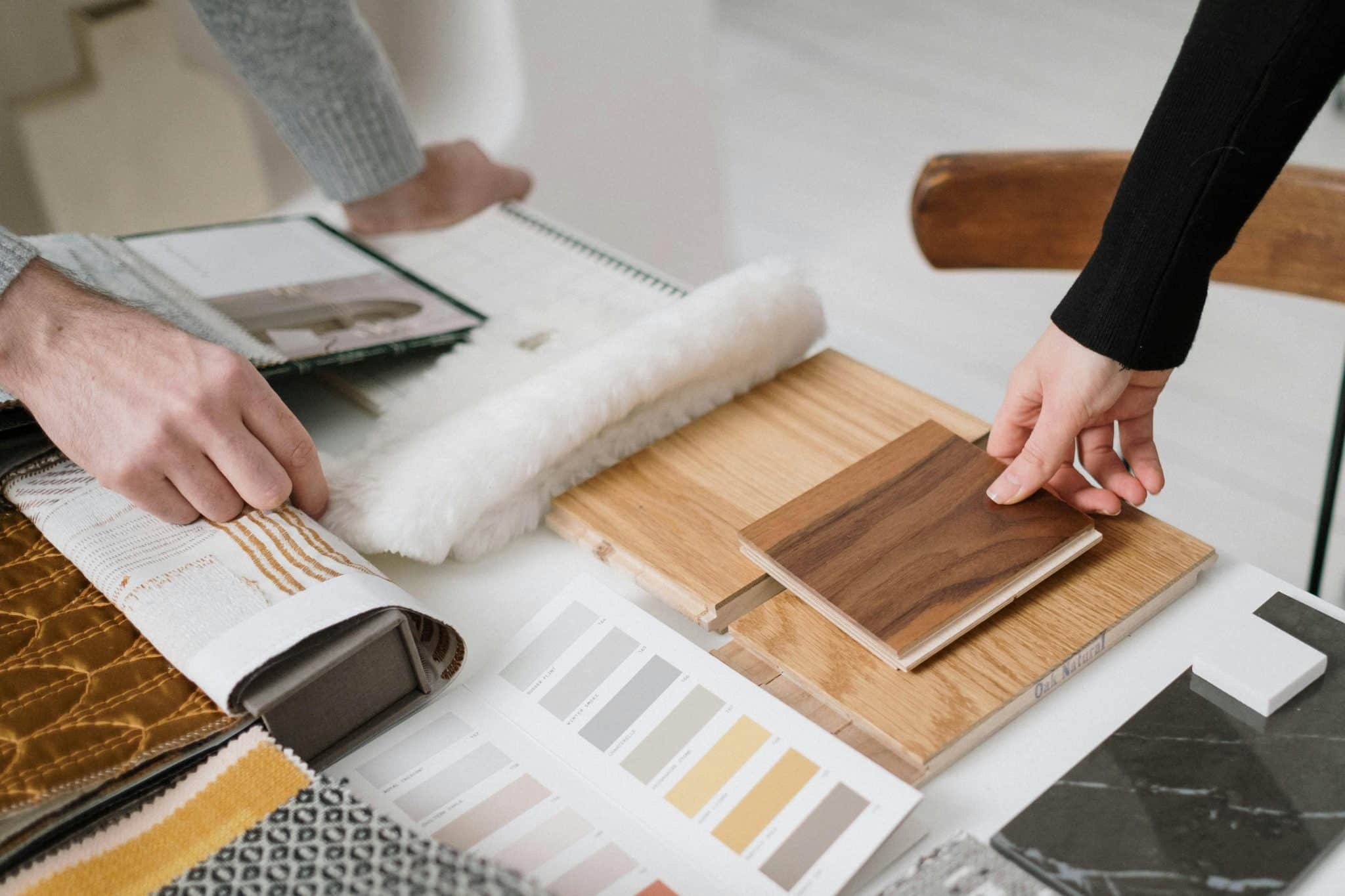Choosing the right color palette for your home’s interiors is a decision that can completely transform a space. Color sets the tone and ambiance of a room, influencing mood, lighting, and the overall atmosphere. A well-chosen palette can make a room feel warm and inviting or calm and serene, depending on your preferences.
Residential interior design experts understand the subtle psychology of color and its impact on the ambiance of a room. Whether you’re working on a new home or renovating an existing one, selecting the right color choices is essential for creating a harmonious environment. In this article, we’ll explore how to choose the perfect color palette for your home.
Assess Your Space and Its Purpose
Before selecting colors, it’s essential to understand the space you’re working with and its purpose. Each room serves a different function, and its palette should reflect that. For example, calming blues or greens may be well-suited for a bedroom to promote relaxation.
At the same time, energetic reds or yellows might be ideal for a kitchen or dining area to stimulate conversation. Professionals can help by guiding you through the process of selecting one that aligns with the function and mood of each room. They’ll assess how the room will be used and suggest palettes that enhance both style and practicality.
Consider Natural and Artificial Lighting
Lighting plays a critical role in how colors appear in a room. Natural light can make colors appear brighter and warmer, while artificial lighting can create a cooler or more muted effect. When choosing your palette, consider the amount of natural light a room receives and the type of artificial lighting used.
A room with lots of sunlight can handle darker tones, while a room with limited natural light may benefit from lighter hues. Experts in residential interior design can assist by evaluating your space’s lighting conditions and recommending one that will look good in all lighting situations. They’ll ensure that the choices enhance the lighting rather than clash with it.
Create Harmony with Complementary and Contrasting Colors
When selecting a color palette, it’s essential to create harmony between them. Complementary colors, which are opposite on the color wheel, can bring a dynamic balance to a space. In contrast, analogous (those next to each other on the wheel) offer a more subdued and serene atmosphere.
Additionally, the contrast between light and dark tones can add depth and dimension to a room. Working with an expert allows you to explore different combinations and how they can create a cohesive look throughout your home. They can suggest color schemes that flow from one room to the next, ensuring that each space feels connected while maintaining its unique character.
Experiment with Accent Colors and Patterns
While your primary color palette sets the foundation for a room, accent colors and patterns can add personality and depth to the space. Accents can be introduced through throw pillows, rugs, art pieces, and furniture. Patterns, such as stripes or florals, can also add visual interest to your space.
Professionals can help you balance the primary color with accent tones and patterns, ensuring that they don’t overwhelm the room. With their expertise, you can achieve the perfect mix of colors and textures to give your home character without making it feel chaotic.
Residential interior design plays a vital role in creating a cohesive and inviting atmosphere through the strategic selection of colors and effective planning. Considering factors, you can choose a palette that enhances your space and reflects your preferences. Experts in the field can guide you through the process, ensuring that your choices are both functional and aesthetically pleasing.








